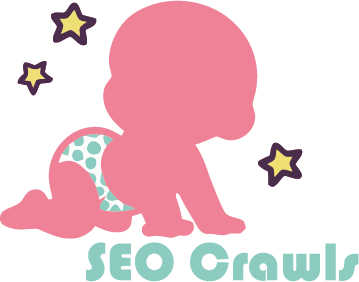Web Design Landing Page: A Comprehensive Guide for Better User Experience and SEO
In the digital age, having a website has become a necessity for businesses of all sizes. However, simply having a website is not enough. It needs to be designed in a way that captures the attention of visitors and encourages them to take action. One of the most important pages on a website is the landing page. In this article, we will discuss the importance of landing pages in web design, best practices for designing an effective landing page, and how to optimize it for SEO.
What is a Landing Page?
A landing page is a web page that is specifically designed to capture the attention of visitors and encourage them to take a specific action. This action could be anything from filling out a form to making a purchase. Landing pages are typically used in digital marketing campaigns and are often the first point of contact between a business and its potential customers.
Importance of Landing Pages in Web Design
The primary goal of any landing page is to convert visitors into customers. When visitors arrive on a landing page, they should immediately be able to understand what the page is about and what action they are expected to take. A well-designed landing page can help increase conversion rates and ultimately lead to higher revenue for the business.
In addition to increasing conversion rates, landing pages can also improve the overall user experience of a website. By providing visitors with a clear call-to-action and a simple, easy-to-navigate design, landing pages can help visitors find what they are looking for more quickly and efficiently.
Best Practices for Designing an Effective Landing Page
- Keep it Simple
The most effective landing pages are simple and straightforward. Visitors should be able to understand what the page is about and what action they are expected to take within a few seconds of arriving on the page. Use clear and concise language, and avoid cluttering the page with unnecessary elements.
- Use Eye-catching Design Elements
While it’s important to keep the design simple, that doesn’t mean it has to be boring. Use eye-catching design elements such as bold headlines, colorful graphics, and high-quality images to grab the visitor’s attention and make the page visually appealing.
- Have a Clear Call-to-Action
The call-to-action (CTA) is the most important element of any landing page. It should be prominently displayed and clearly communicate the action the visitor is expected to take. Use action-oriented language such as “Sign up now” or “Download our free guide” to encourage visitors to take action.
- Optimize for Mobile Devices
With more and more people accessing the internet on their mobile devices, it’s essential to design landing pages that are mobile-friendly. Use a responsive design that adapts to different screen sizes, and ensure that all elements are easily accessible on mobile devices.
- Test and Refine
Designing an effective landing page is an iterative process. Test different elements such as headlines, images, and CTAs to see what works best. Use A/B testing to compare the performance of different versions of the page, and refine the design based on the results.
Optimizing Landing Pages for SEO
In addition to designing an effective landing page, it’s important to optimize it for search engines. Here are some tips for optimizing landing pages for SEO:
- Use Relevant Keywords
Include relevant keywords in the page title, meta description, and content to help search engines understand what the page is about. However, avoid keyword stuffing, which can hurt your rankings.
- Create Unique Content
Search engines value unique and valuable content. Ensure that the content on your landing page is unique and provides value to the visitor.
- Optimize Images
Optimize images by using descriptive file names and alt tags. This can help improve the page’s visibility in image search results

